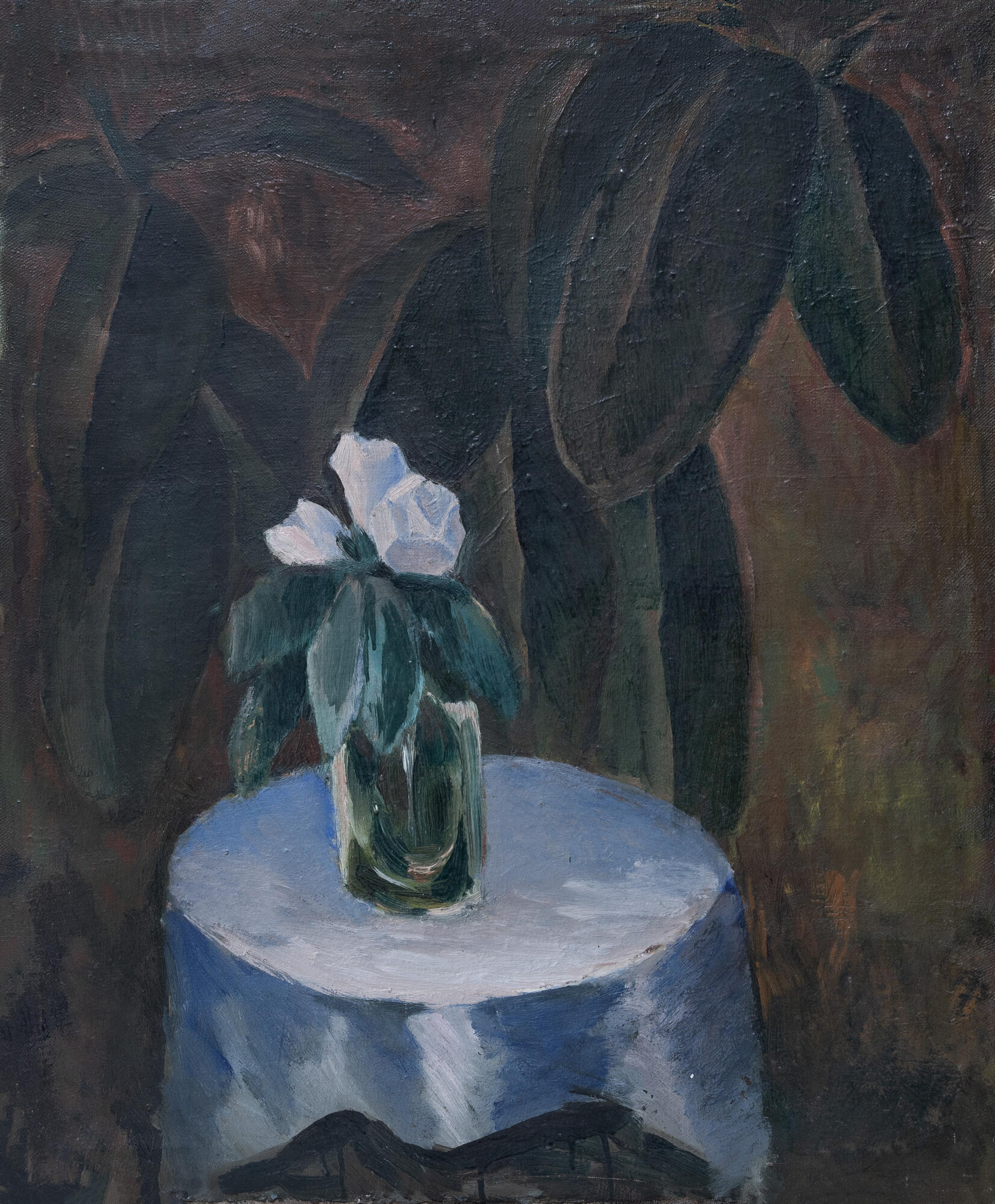Nikolay Sergeevich Pshizov (1941–1991) was one of those artists who left a noticeable mark in the history of Kostroma’s cultural life. He was never a member of the Union of Artists and did not receive official recognition during his lifetime. His works testify to his independence, creative pursuits, and professional skills in painting.
In 1965, he graduated from the Art and Graphic Faculty of the Kostroma State Pedagogical Institute. During his student years, his teacher Vladimir Ilyich Lytnev played a significant role in Nikolay Pshizov’s search for new expressive solutions. Lytnev instilled in his students an interest for the ideas of the post-Impressionists, primarily Paul Cézanne and those that followed. Another thing he promoted to his students was the Russian “Jack of Diamonds” arts association.
During classes, the goal was not to repeat formal techniques, but rather to gain an understanding of expressive means, to develop an approach to putting individual real-life elements onto canvas and rendering them as part of the universe. This served as the basis for discovering stable patterns of color combinations and shapes, and gaining a sense of the material objectivity of space and devising one’s own creative approach to creating images.
The still life “Flowers on the Table” is one of Pshizov’s works created according to these principles. The artist painted it in the 1960s. In the foreground he painted a round table covered with a tablecloth of bluish tones, on it is a transparent glass vase with three white roses. The artist depicted flowers in a generalized manner. The rose closest to the viewer resembles a polyhedron. Nikolay Pshizov chose a cold emerald shade for the leaves.
A ficus plant with large dark olive-green drooping leaves is depicted in the background. The artist conveyed the form with bold and confident brushstrokes. He also added a subtle play of light and shadow. The still life gives off a sense of simplicity and completeness. The dark brown background connects all the objects together.
The artist was intrigued
with the issue of the material unity of space. This is why the still life was
not limited to the depiction of objects. The ficus in the background creates a
kind of interior. The art critic Tatiana Pavlovna Sukhareva noted:



